I would like to build a Stroboscope with the most cost-effective and less time-consuming approach. I would like to be able to control and know the frequency of operation, which should be at least of 50 Hz. I would like it to be able to illuminate an entire room (20 squared meters).
A little bit of context, so far the options I've seen have been:
- Buy a pre-made one:
Although I've not found any cheap plug-and-play stroboscopes, we may take advantage of "disco" products like this (LED) or this (Xeon).
PROS: Cheap (<10$), fully assembled. CONS: Low max frequency (<15 Hz). Low brightness (LED case).
I do not know if it would be doable to modify the circuitry of these products to make them flash at higher Hz.
There are also some interesting timing lights from the car-industry that could also serve.
PROS: Fully assembled, high frequency operation. CONS: Low power, need for external battery, more expensive.
- Create your own:
In that case I've seen several interesting schematics online. However, I would like to avoid doing PCBs in favor of a minimal modification of an existing design. It was at this point were I thought that floodlight lamps are cheap yet powerful (50 W for under 20$), and maybe they could be driven by a simple MOSFET controlled by an Arduino. However, I've not been able to find any example of this design in Internet.
Is that really a bad idea? Can the AC to DC transformer (the LED driver), be damaged by high rate switching? Would a large capacitor at the output of the driver help on that?
Thanks,

